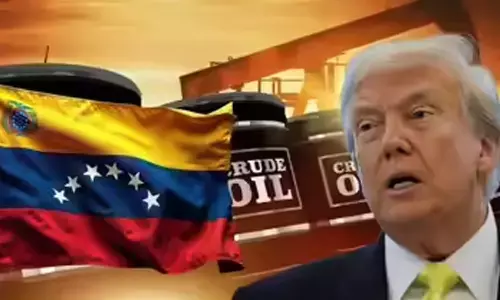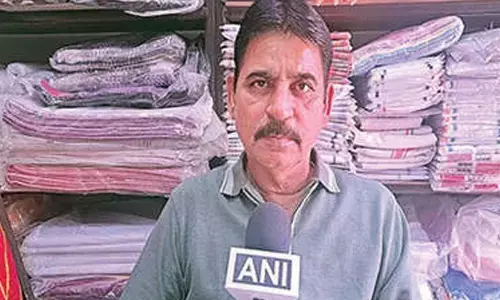Has India really eliminated extreme poverty?

It was a pleasant news that the nation received on March 3, that India has eliminated extreme poverty as commonly laid out in international comparisons, according to US-based think-tank, The Brookings Institution, which cited India’s recently-released consumption expenditure data (for 2022-23) in its report. Poverty in rural areas came down to 2.5%, and 1% in urban areas. “The data shows a strikingly lower number of poor people in India than those estimated by the World Bank,” said economists Surjit S Bhalla and Karan Bhasin, the authors, in the report. They credited the Modi governmentfor a strong policy thrust to redistribution by means of a wide variety of publicly-funded schemes, including a national mission for the construction of toilets, and universal access to electricity, modern cooking fuel, piped water etc. Thus, the comparatively higher consumption growth in rural areas ‘should not come as a surprise,’ they observed.
The UN defines extreme poverty as a condition where basic human needs are severely deprived, including: food, safe drinking water, sanitation facilities, health, shelter, education, information. The Headcount Poverty Ratio (HCR) in India, as per the report, has declined from 12.2 per cent in 2011-12 to 2 per cent in 2022-23.The current poverty line is Rs 1,059.42 per month in rural areas and Rs 1,286 per month in urban areas.
“Extreme Poverty is now eliminated in India. The World Poverty Clock updates: shows India’s extreme poverty at less than 3 per cent. This is one of the most significant global developments of our lifetime,” exulted Shamika Ravi, Member to Prime Minister Economic Advisory Council (EAC to PM). However, one only needs to come out on streets and pass through bylanes, slums and urban peripherals to see for themselves if India has really eliminated extreme poverty at all. We saw how Covid-19 hurt India badly, wrecking lives and livelihoods. We saw how pathetic was the situation of the poor, the homeless and the migrant labour. Later, we came to know from a World Bank report that the Covid-19 pandemic has pushed almost 5.6 crore Indians into extreme poverty.
Not just that, in the 2023 Global Hunger Index, India was ranked at 111th out of the 125 countries. With a score of 28.7, the level of hunger is termed serious in the country. The Sustainable Development Goals (SDG) Report 2022 ranks India 121 out of 163 nations, indicating the huge need for improvements.India is off target for 19 of the 33 SDG indicators.
This is not to discount India’s tremendous economic development, as reflected in GDP growth rates, year after year. It has already emerged the fastest growing nation. But whether the GDP rise reflects the real growth is ponderable. Look at pitiable state or lack of public amenities including tap water, public toilets, electricity and roads, and health facilities in cities or semi urban areas.
Prudence should prevail and the governments, the leaders and the policymakers shall keep their ear to the ground. Inflation, particularly food inflation, is taking a toll on the poor and limits their access to health and other basic requirements. Food inflation both in urban and rural areas points out that India is still an agriculture-centric economy that any farmers’ distress or skewed agricultural/horticultural operations would pull down many families into the hellish vortex of poverty.
After the Household Consumption Expenditure Survey 2022-23, the NITI Aayog has lauded the government for shrinking poverty to less than 5%. Experts are deciphering that that the survey says nothing about the poverty decline in 2022-23 as compared to 2011-12. Being the most populous country, India needs a strategic roadmap to target: No Poverty, Zero Hunger, Good Health and Wellbeing, and Gender Equality.










